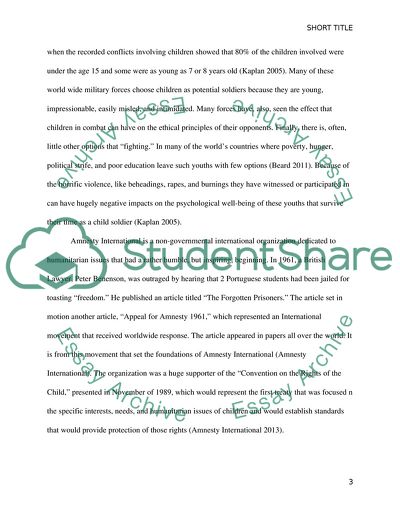Cite this document
(International Organizations and Human Rights: Discussing Amnesty Research Paper, n.d.)
International Organizations and Human Rights: Discussing Amnesty Research Paper. https://studentshare.org/social-science/1805631-international-organizations-and-human-rights
International Organizations and Human Rights: Discussing Amnesty Research Paper. https://studentshare.org/social-science/1805631-international-organizations-and-human-rights
(International Organizations and Human Rights: Discussing Amnesty Research Paper)
International Organizations and Human Rights: Discussing Amnesty Research Paper. https://studentshare.org/social-science/1805631-international-organizations-and-human-rights.
International Organizations and Human Rights: Discussing Amnesty Research Paper. https://studentshare.org/social-science/1805631-international-organizations-and-human-rights.
“International Organizations and Human Rights: Discussing Amnesty Research Paper”. https://studentshare.org/social-science/1805631-international-organizations-and-human-rights.


